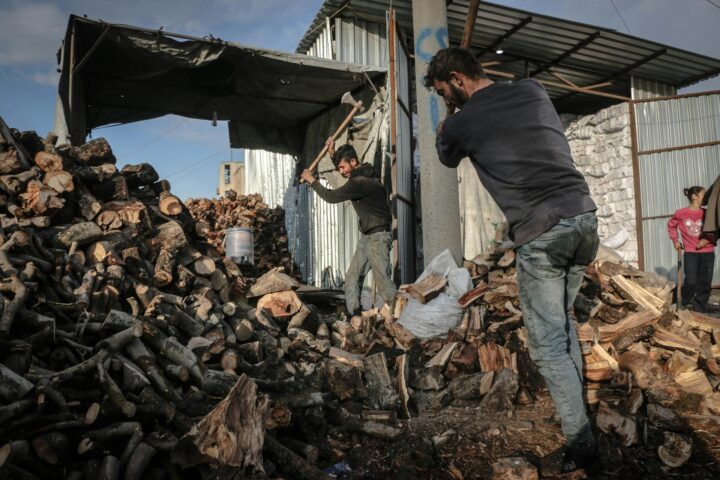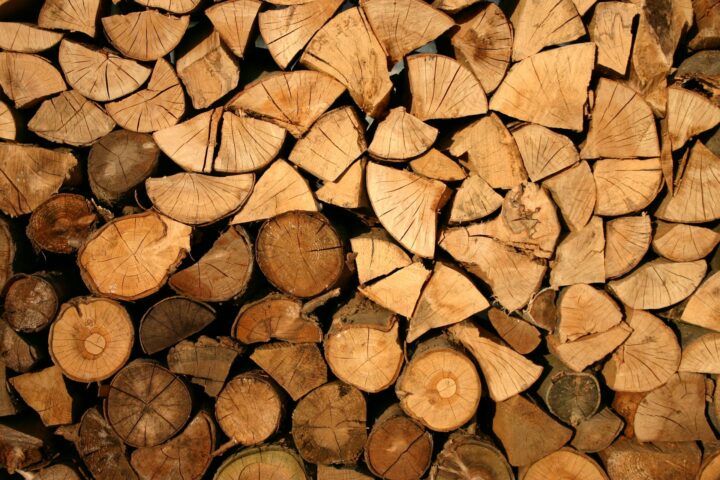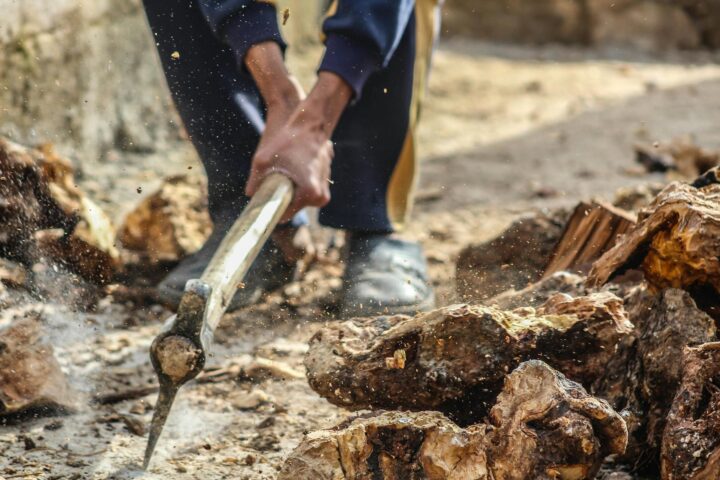-
Keep Your Home Warm This Winter with Wood
As the crisp days of autumn arrive, thoughts turn to cold nights and cozy homes. This winter, some of you are looking for alternatives to natural gas or electric furnaces to heat your home.
It’s time to consider keeping your home warm with wood.
There are two convenient options for warming your home with wood: fireplaces and wood stoves. Both offer homeowners the opportunity to use this renewable, sustainable fuel to supplement their home heating systems.
Wood Fireplaces
If you already have a wood fireplace, you know how wonderful they are. The crackle of the logs and the dancing flames create both warmth and comfort.
If your fireplace is centrally located in your home, it can provide enough heat to reduce the amount of time your furnace runs. Your home will stay warm, and you'll lower your heating bill.
If you don’t have a centrally located fireplace, you can still use it to reduce your reliance on other fuels. You can turn your thermostat down a few degrees when your family is in the fireplace room. Turn it back up later if the rest of the house is too chilly.
If you’re lucky enough to have fireplaces in multiple rooms you have even more opportunities to supplement your conventional heating.
Keep your fireplaces clean and well-maintained for maximum benefit. For safety, don’t leave your wood fireplace unattended when in use.
Wood Stoves
Wood stoves are more efficient than fireplaces, giving off more heat using less wood. Some are inserted into existing fireplaces. Others are freestanding with a flue or chimney for removing fumes and gasses from your home. The fire is fully contained within a wood stove.
Freestanding wood stoves are attractive and come in styles suitable for any interior décor. Visible flames in a decorative wood stove make any room feel cozy.
The exterior of a wood stove gets extremely hot, so use care, especially if you have pets or kids.
A fire in a wood stove lasts longer, burns hotter, and needs less tending. These appliances maximize wood as fuel for home heating. You don’t lose as much heat up the chimney and can control the fire’s airflow using air vents. Wood stoves also produce fewer emissions than traditional open fireplaces.
While it’s possible to heat an entire home with wood stoves, most of you will supplement your existing heating system. Wood stoves are sized for the room they’re in. A large stove in an open plan home will produce more heat than a smaller stove in an enclosed space.
The efficiency of a wood stove gives it an edge over a fireplace in terms of heat produced. But they can also be expensive to install while many homes already have a fireplace.
Power Outages
Both fireplaces and wood stoves provide heat with no electricity. When a winter storm brings down power lines, they can help you ride out a power outage. Depending on your climate, this may be the most persuasive argument in favor of using wood to warm your home this winter.




